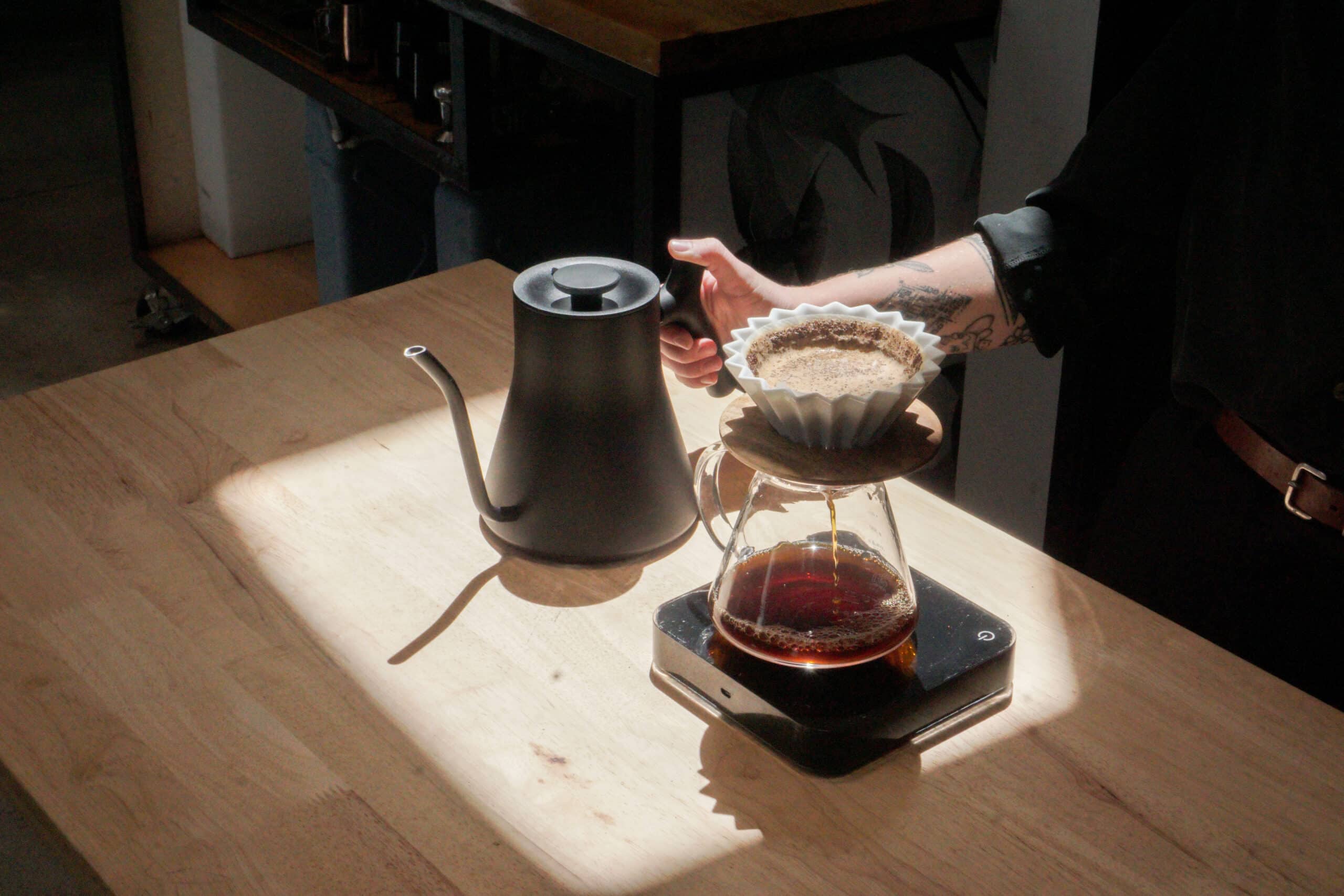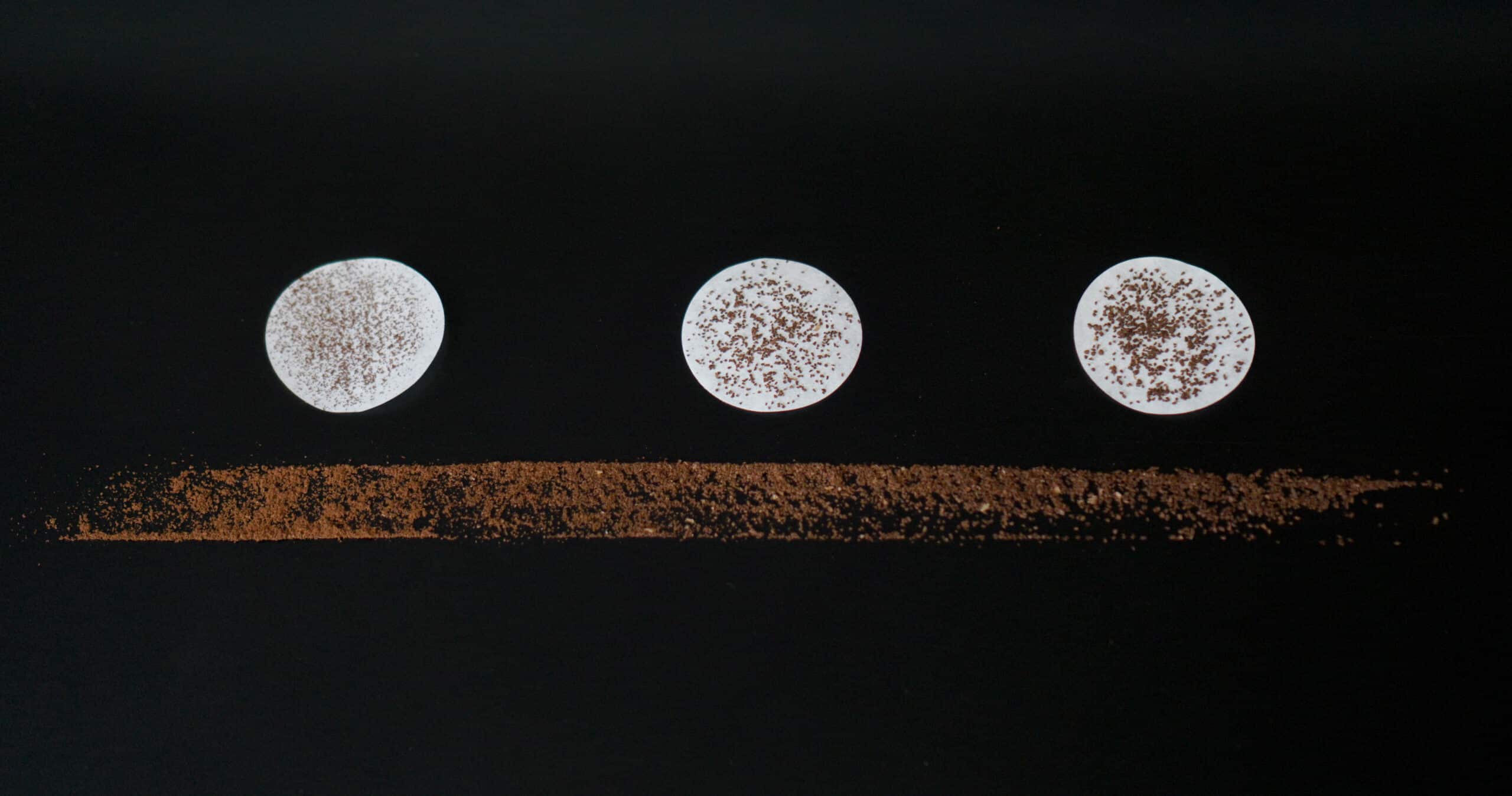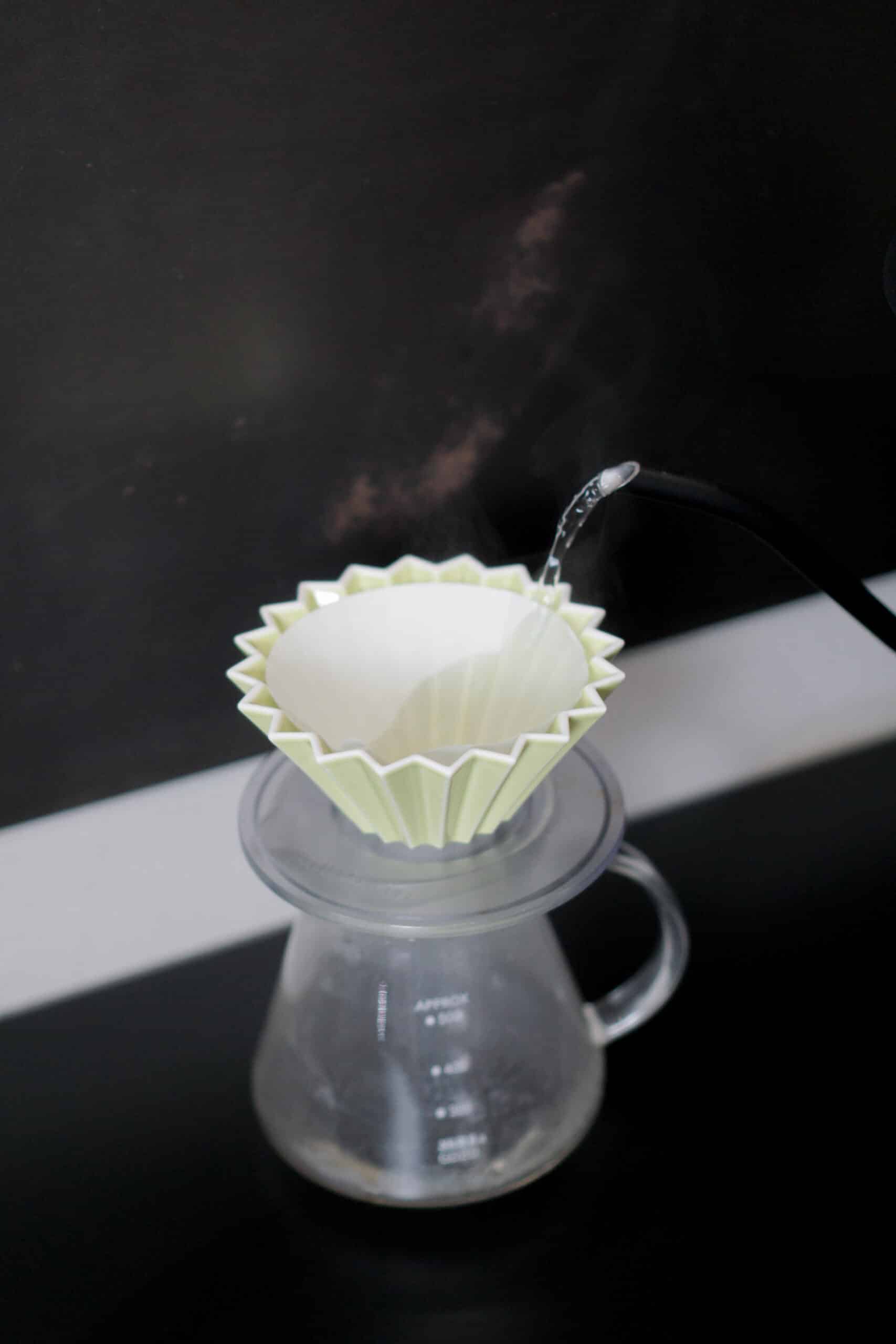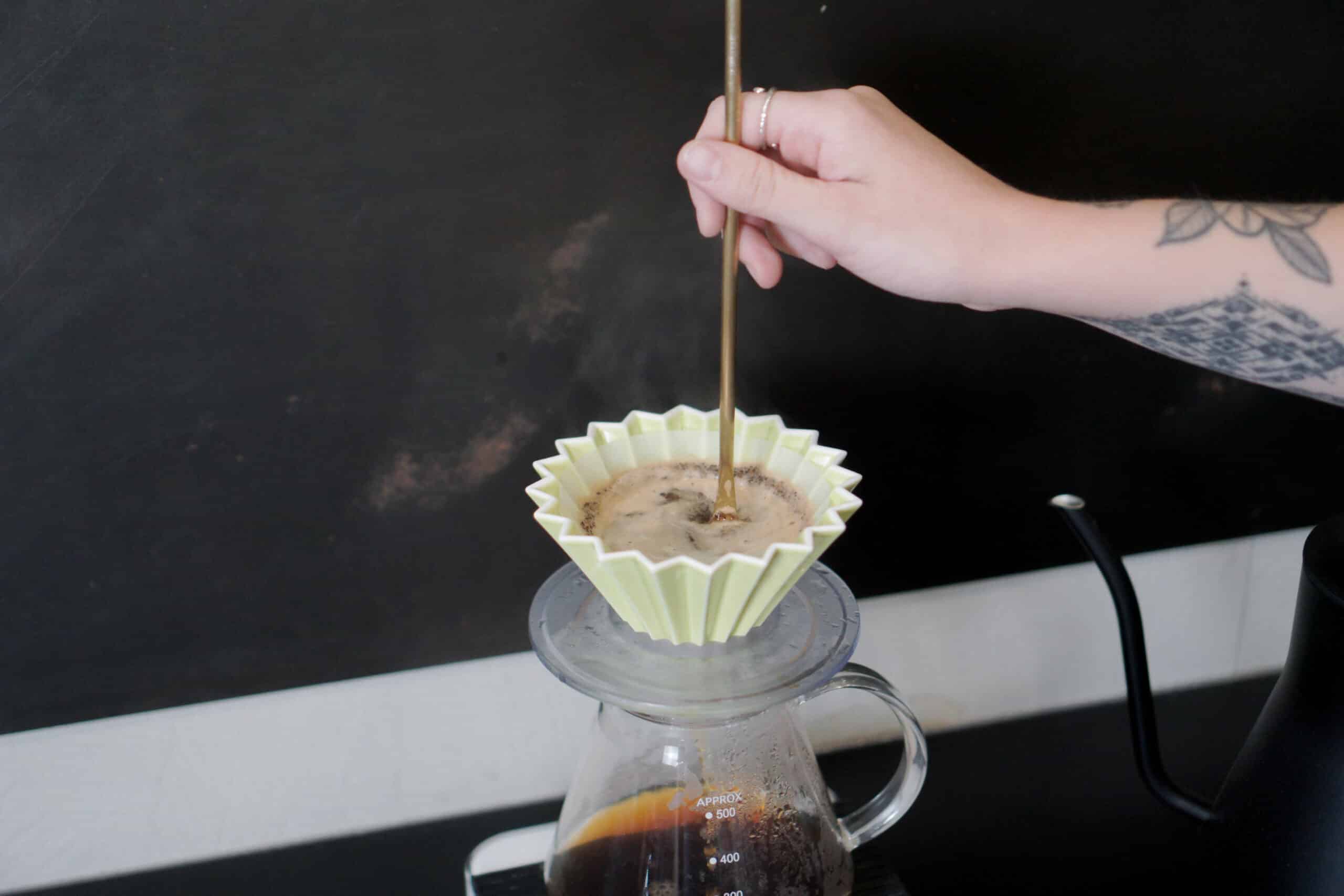
Brew Variables

COFFEE TO WATER RATIO
Every time coffee is brewed, there are only 2 ingredients – coffee and water. This is the recipe for brewing. It will change depending on the brewer used and the coffee that is being brewed.
Coffee to water ratio is typically written as 1(X):Y.
For example, a 1:17 ratio indicates that for every 1g of coffee used, there should be 17g of water used.
This ratio can be calculated by dividing however much total water used by the denominator of the ratio.
Here’s another example:
A particular coffee is recommended at a 1:16 ratio. The first decision should be how much water will be used; this will determine how many cups of coffee will be brewed. Typically, one 10oz cup is 305g of water. To brew one cup of coffee, divide 305 by 16, which would give 19. Therefore, 19g of coffee would be used for 305g of water in a 1:16 ratio.

GRIND SIZE
The setting on your grinder will dictate the particle size of your ground coffee. Typically larger numbers indicate a coarser grind size, and a smaller number will correlate with a finer size. A coarser grind size produces a larger particle size, and a finer grind size is smaller particles. The particle size of the coffee will determine the level of extraction and total brew time.
Finer-ground coffee exposes more surface area to water, which allows for higher levels of extraction and longer brew times.
Coarser-ground coffee will result in less extraction and faster brew times. For a starting point, the rule of thumb is to grind based on brew time. The longer the brew time, the coarser the grind. Faster brew methods will have finer grind sizes.

WATER
Changing water is the easiest and most drastic way to change the taste of the final brewed cup. A cup of coffee is over 98% water, therefore, the taste of the water used to brew has a huge impact on the taste of the coffee.
Tap water taste and chemistry changes drastically depending on the source’s location, so it is best to use water that is filtered.
To take it a step further, consistent and optimal brewing water can be created by adding a product to demineralized water. Starting with a base of either distilled or reverse osmosis filtered water, products such as Third Wave Water, Lotus Drops, or APAX Lab Drops can be added to create the ideal water for coffee.

AGITATION
Agitation refers to any sort of movement within the coffee bed. This could be the stream of water hitting the slurry, a stir, a swirl, WDT, etc. Agitation increases the rate of extraction, so the more a coffee bed is agitated, the faster it will extract.
For those beginning on their brewing journey, it’s recommended to keep agitation consistent brew-to-brew. However, for those feeling ready to experiment with brewing, agitation is a great tool to make small changes that will have a large impact.
